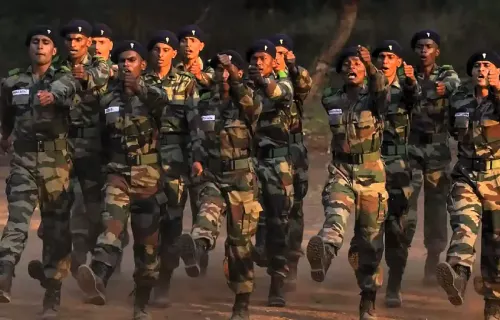
A hoarding put up to pay tribute to former Gujarat Chief Minister Vijay Rupani, who died after an Air India plane carrying him and 241 others crashed in Rajkot
| Photo Credit:
PTI
A total of 62 bodies of passengers killed in the Air India aircraft crash in Ahmedabad have been identified after their DNA samples matched on Sunday. Among those identified were the mortal remains of former Gujarat chief minister Vijay Rupani, who was one of the 142 passengers travelling to Gatwick in the ill-fated aircraft on June 12.
On Sunday, Harsh Sanghvi, Minister of State for Home, Gujarat government told media that the DNA samples of Rupani matched around 11:10 am. The remains of the former CM will be taken to his hometown in Rajkot by an aircraft on Monday at 12:30 pm. The family members will be claiming the body from the hospital at 11:30 am. The final rites will be held in the evening.
So far 250 blood samples of relatives have been taken for DNA tests and 62 bodies have been identified till Sunday evening. Of the bodies identified, 27 have been handed over to the nearest kin. These 27 bodies are in addition to 8 bodies that have already been handed over without a DNA identification process. Officials said that all the 241 passengers have been contacted and DNA samples of only three foreign nationals are yet to be collected. The relatives of these foreign nationals are expected to arrive at the hospital on Monday.
In a statement issued on Sunday, Gujarat government stated that a team from Air India was also present at the civil hospital. Among other activities, this team was also helping relatives of the victims secure free air-tickets.
UK, US team visit site
Meanwhile, investigators including those from the UK and the US continue to scan the accident-site in Ahmedabad looking for clues that caused the crash. A team from Boeing visited the crash-site and spent about two hours examining the wreckage.
Currently 12 teams are working round-the-clock in shifts to speed up the process of DNA identification. Talking about the process followed for the DNA testing of the victims, the director of Forensic Science Laboratory (FSL), HP Sanghvi explained that there are primarily two methods of obtaining DNA samples. One method involved collecting samples from fresh blood. The other method —more complex and require precision —involves collection of samples from the remains of the deceased. Samples collected from the remains are carefully cleaned to avoid external contamination. During the DNA isolation and extraction process, if the sample includes a bone, it is ground into a powder and if the sample includes a tooth, it is broken into small pieces and then powdered. The powdered sample is then subjected to a precise temperature in a special machine to isolate the DNA. The quantity and quality of this isolated DNA is then checked using an RT-PCR machine. If the DNA meets the required standards, multiple copies are prepared. Both strains of the DNA are separated, and the strains are then run through a sequencer machine to obtain the DNA profile. This entire process is highly complex and time-consuming, stated the FSL director.
If a sufficient number of DNA alleles are not obtained, the entire procedure is repeated. The obtained DNA alleles are then compared with the DNA alleles of the deceased’s family members. Only when 23 DNA alleles match, the identity of the deceased and the relative is confirmed. In cases involving a father-son relationship, Y-chromosome testing is conducted for confirmation, he added.
Published on June 15, 2025
Anurag Dhole is a seasoned journalist and content writer with a passion for delivering timely, accurate, and engaging stories. With over 8 years of experience in digital media, she covers a wide range of topics—from breaking news and politics to business insights and cultural trends. Jane's writing style blends clarity with depth, aiming to inform and inspire readers in a fast-paced media landscape. When she’s not chasing stories, she’s likely reading investigative features or exploring local cafés for her next writing spot.






